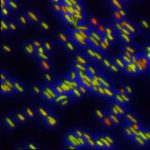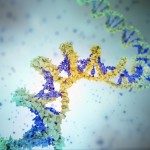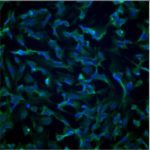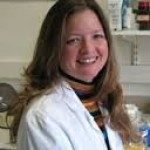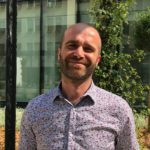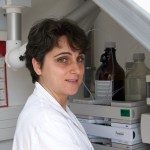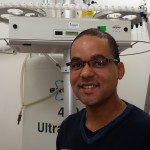Link to Pubmed [PMID] – 38755132
Link to HAL – hal-04579547
Link to DOI – 10.1038/s41467-024-48269-2
Nat Commun 2024 May; 15(1): 4175
Drug-recalcitrant infections are a leading global-health concern. Bacterial cells benefit from phenotypic variation, which can suggest effective antimicrobial strategies. However, probing phenotypic variation entails spatiotemporal analysis of individual cells that is technically challenging, and hard to integrate into drug discovery. In this work, we develop a multi-condition microfluidic platform suitable for imaging two-dimensional growth of bacterial cells during transitions between separate environmental conditions. With this platform, we implement a dynamic single-cell screening for pheno-tuning compounds, which induce a phenotypic change and decrease cell-to-cell variation, aiming to undermine the entire bacterial population and make it more vulnerable to other drugs. We apply this strategy to mycobacteria, as tuberculosis poses a major public-health threat. Our lead compound impairs Mycobacterium tuberculosis via a peculiar mode of action and enhances other anti-tubercular drugs. This work proves that harnessing phenotypic variation represents a successful approach to tackle pathogens that are increasingly difficult to treat.

